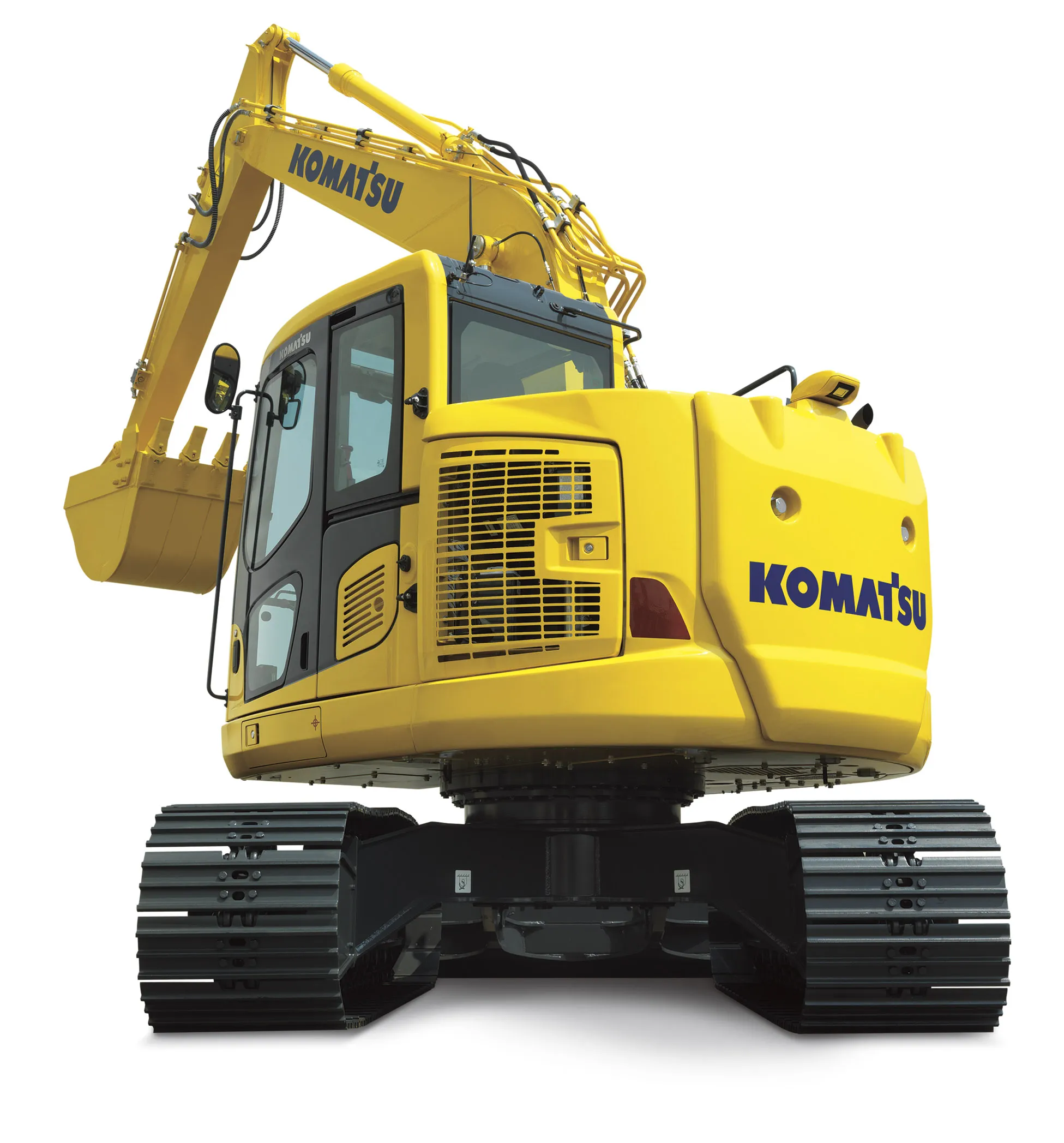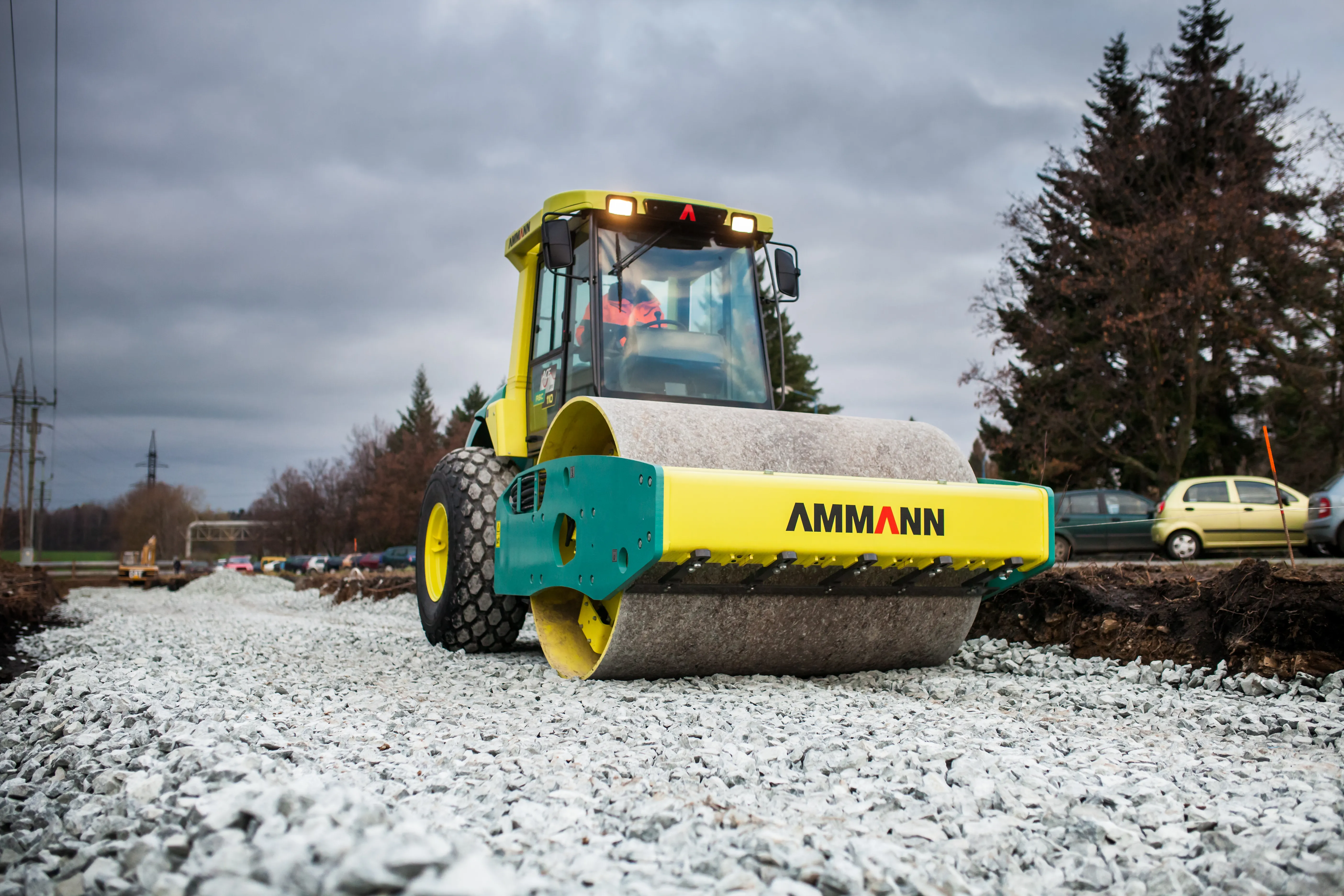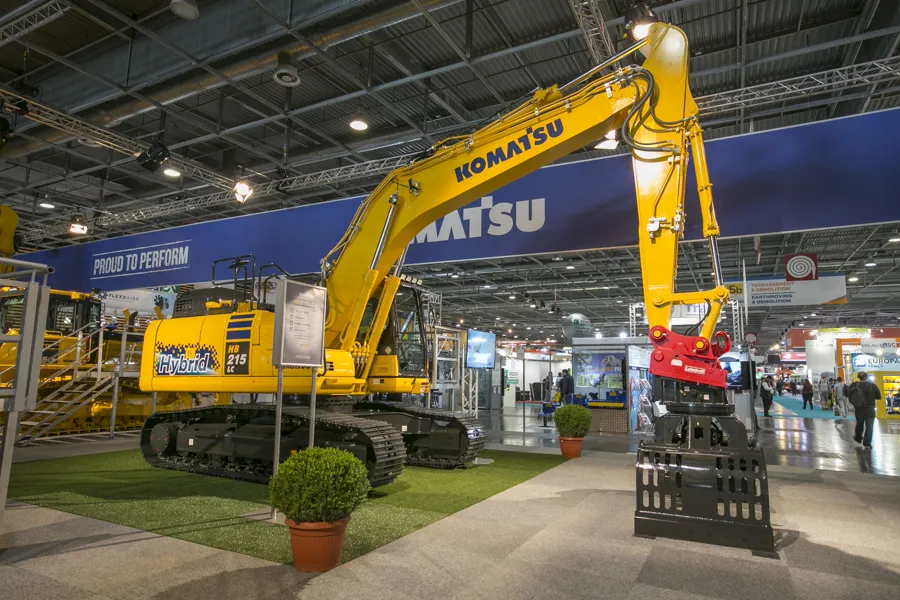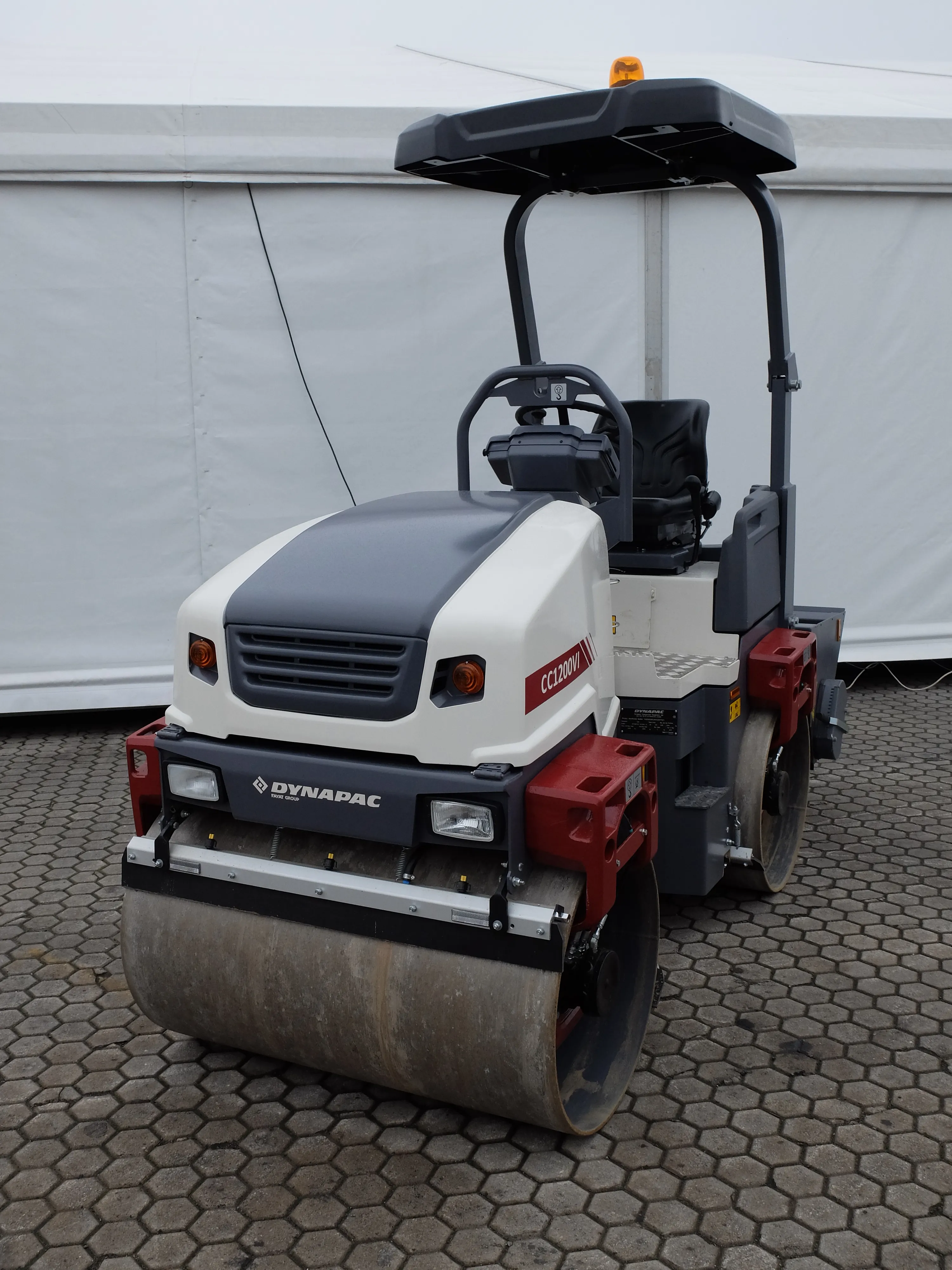Designed to be highly versatile, Komatsu’s new PC138US-11 short tail swing excavator suits duties in jobs in tight working spaces. The machine can be used for road projects in single lane traffic or for jobs in urban environments. Operating weight ranges from 13.4–14.4tonnes, depending on the specification. Power comes from a Komatsu SAA4D95LE Tier 4 Final/Stage IV compliant diesel delivering 69.7kW and which is said to be highly fuel efficient.
February 10, 2016
Read time: 2 mins

Designed to be highly versatile, 2300 Komatsu’s new PC138US-11 short tail swing excavator suits duties in jobs in tight working spaces. The machine can be used for road projects in single lane traffic or for jobs in urban environments. Operating weight ranges from 13.4–14.4tonnes, depending on the specification. Power comes from a Komatsu SAA4D95LE Tier 4 Final/Stage IV compliant diesel delivering 69.7kW and which is said to be highly fuel efficient.
Because of the tight working spaces the machine is designed for, working safety has been a key parameter during its development according to the firm. The machine can be fitted with Komatsu’s optional KOMVISION system which is being launched on the PC138US-11 excavator. This package can display a 360° bird’s eye view representation of the excavator on its LCD widescreen monitor. This allows the operator to check the jobsite surroundings prior to carrying out any work.
The firm says that the new model offers significant improvements in fuel consumption, features 3G communications, has better operator comfort, and includes new safety features. As with other new models in the firm’s range, the PC138US-11 is equipped with the latest KOMTRAX telematics, and the Komatsu Care maintenance programme to optimise fleet management and customer support, as well as to boost efficiency and uptime.
All videos
Because of the tight working spaces the machine is designed for, working safety has been a key parameter during its development according to the firm. The machine can be fitted with Komatsu’s optional KOMVISION system which is being launched on the PC138US-11 excavator. This package can display a 360° bird’s eye view representation of the excavator on its LCD widescreen monitor. This allows the operator to check the jobsite surroundings prior to carrying out any work.
The firm says that the new model offers significant improvements in fuel consumption, features 3G communications, has better operator comfort, and includes new safety features. As with other new models in the firm’s range, the PC138US-11 is equipped with the latest KOMTRAX telematics, and the Komatsu Care maintenance programme to optimise fleet management and customer support, as well as to boost efficiency and uptime.
All videos









